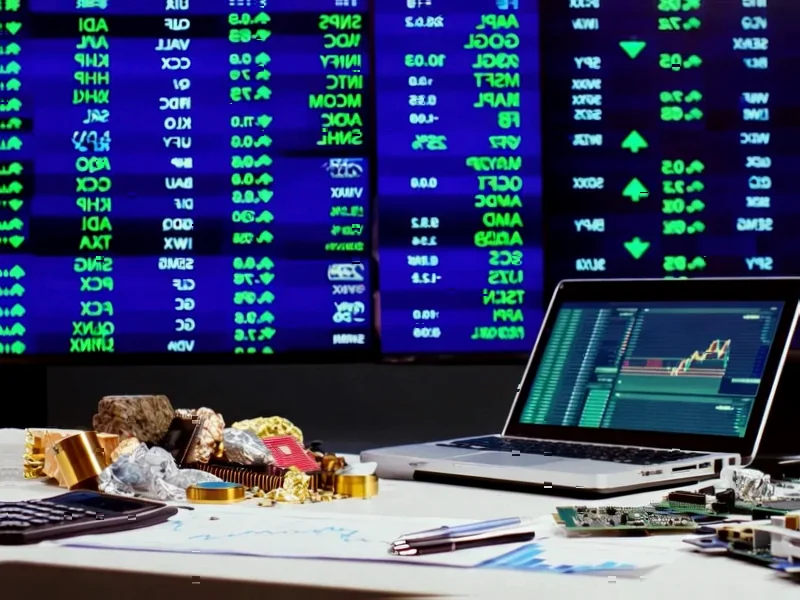According to CNBC, Treasury Secretary Scott Bessent revealed the administration has “lots” of other tariff authorities ready if the Supreme Court strikes down President Trump’s signature trade policy. The high court hears arguments Wednesday on whether Trump exceeded his authority under the International Emergency Economic Powers Act to enact sweeping duties. Bessent expressed confidence the administration will prevail but cited Section 232 of the Trade Expansion Act of 1962 and Section 301 of the Trade Act of 1974 as backup options. He called IEEPA “by far the cleanest” authority that gives the president maximum negotiating power, while acknowledging the alternatives are “more cumbersome.” The secretary also discussed the improved U.S.-China relationship following last week’s Trump-Xi meeting, noting two state visits planned for 2026.
What’s Really at Stake Here
This isn’t just some dry legal debate – we’re talking about the fundamental power balance between presidents and Congress on trade policy. For decades, presidents have enjoyed pretty wide latitude to use tariffs as economic tools. But Trump’s aggressive approach has pushed that authority to its limits.
Here’s the thing: if SCOTUS rules against the administration, it could fundamentally reshape how future presidents conduct trade policy. No more quick tariff moves under “emergency” powers. They’d have to jump through more hoops using these other statutes Bessent mentioned. Basically, the presidency would lose some of its trade muscle.
The Backup Plans Aren’t Great
Bessent mentioned Section 232 (national security) and Section 301 (unfair trading practices) as alternatives. But let’s be real – these are much clunkier tools. Section 232 requires extensive investigations and documentation. Section 301 involves lengthy WTO dispute processes.
And that’s the whole point, isn’t it? These alternatives come with built-in friction that makes rapid-fire tariff moves much harder. The administration wants the flexibility to slap tariffs on trading partners quickly as negotiating leverage. These backup options would slow everything down dramatically.
The China Angle is Fascinating
Meanwhile, Bessent’s comments about the improved U.S.-China relationship are pretty striking. He basically said Trump is the only world leader Xi actually respects. That’s quite a claim when you think about it.
The two state visits planned for 2026 suggest both sides see value in maintaining this relationship despite all the trade tensions. But here’s what I’m wondering: does this warmer tone mean we’re heading toward more permanent tariff reductions, or is this just another temporary thaw in what’s become a pretty volatile relationship?
What This Means for Businesses
For companies that have been navigating this tariff chaos for years, Wednesday’s Supreme Court hearing is huge. A ruling against the administration could bring more predictability – but it might also mean existing tariffs get challenged and potentially rolled back.
The flip side? If the White House wins, we could see even more aggressive use of tariffs in a potential second Trump term. Either way, businesses operating internationally need to pay close attention to how this legal battle plays out. Their supply chains and pricing strategies could be directly affected.




